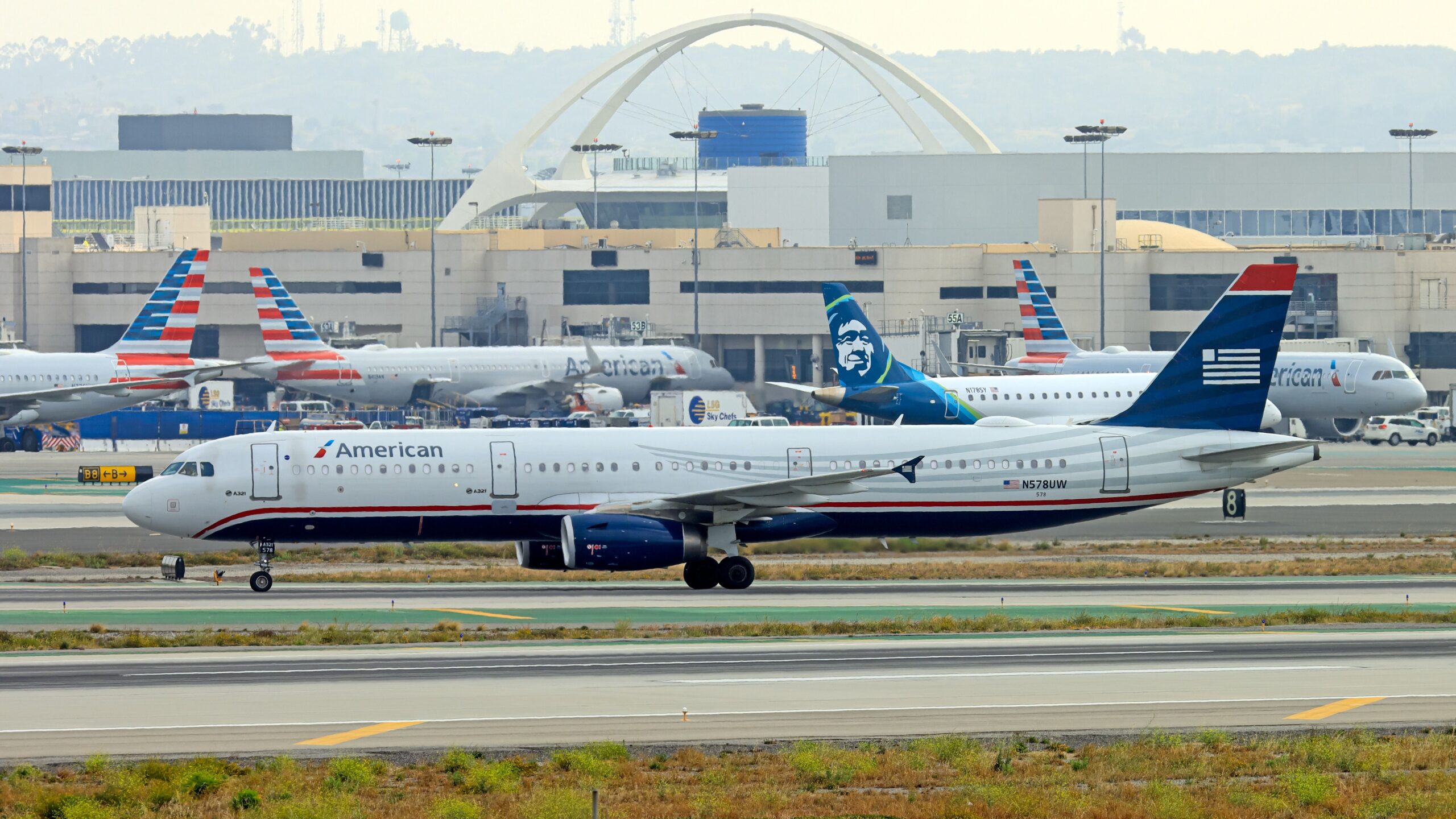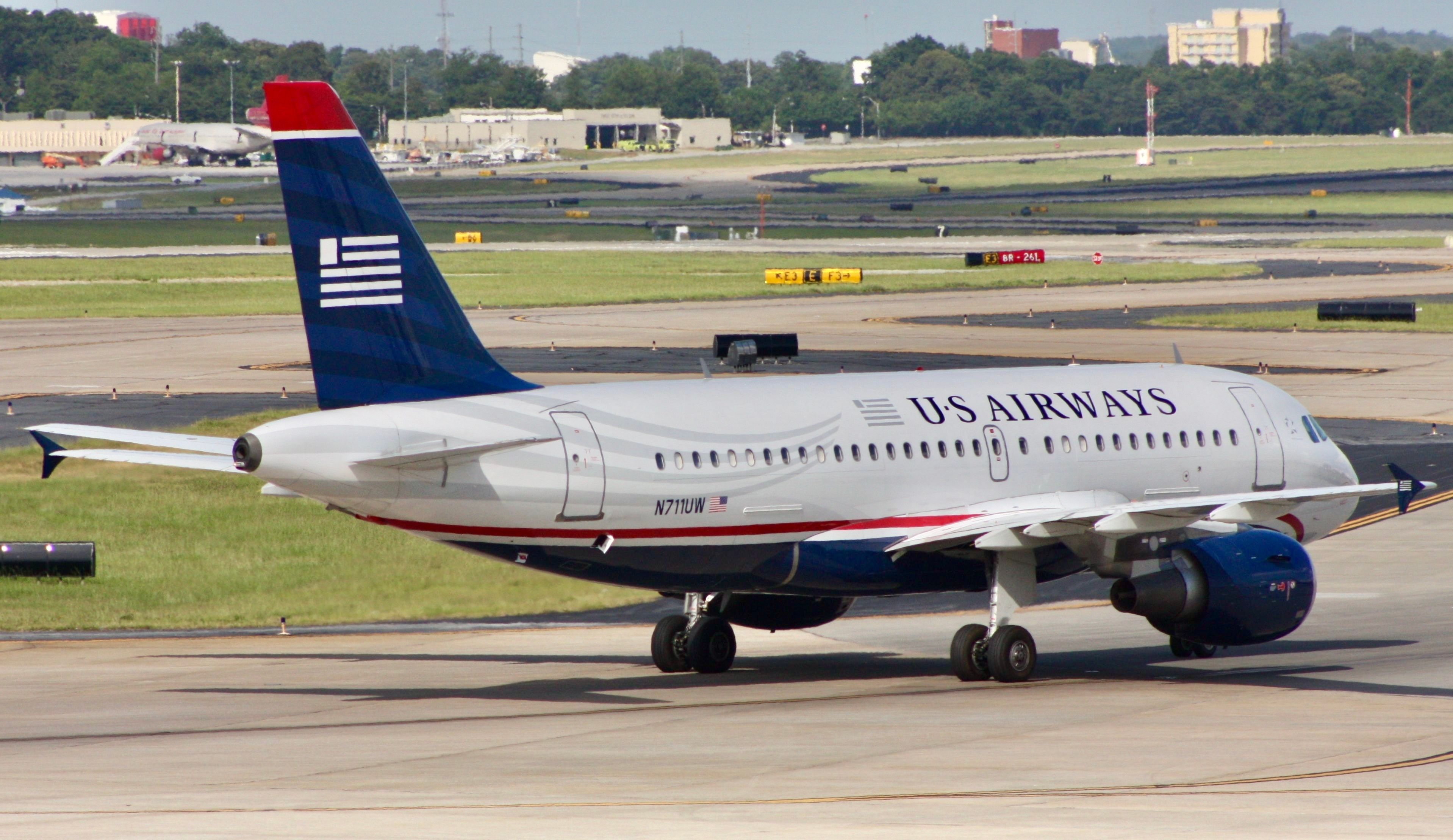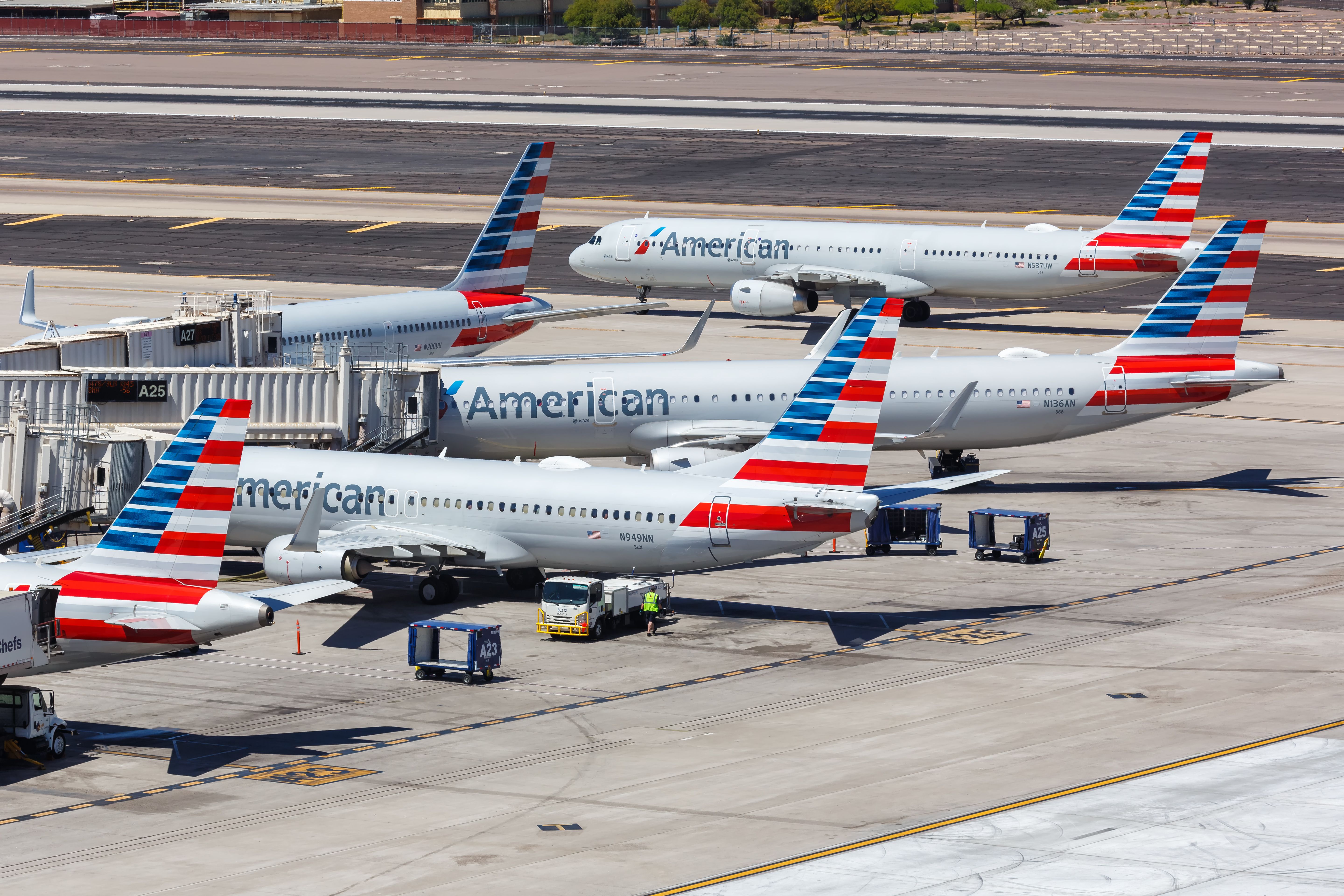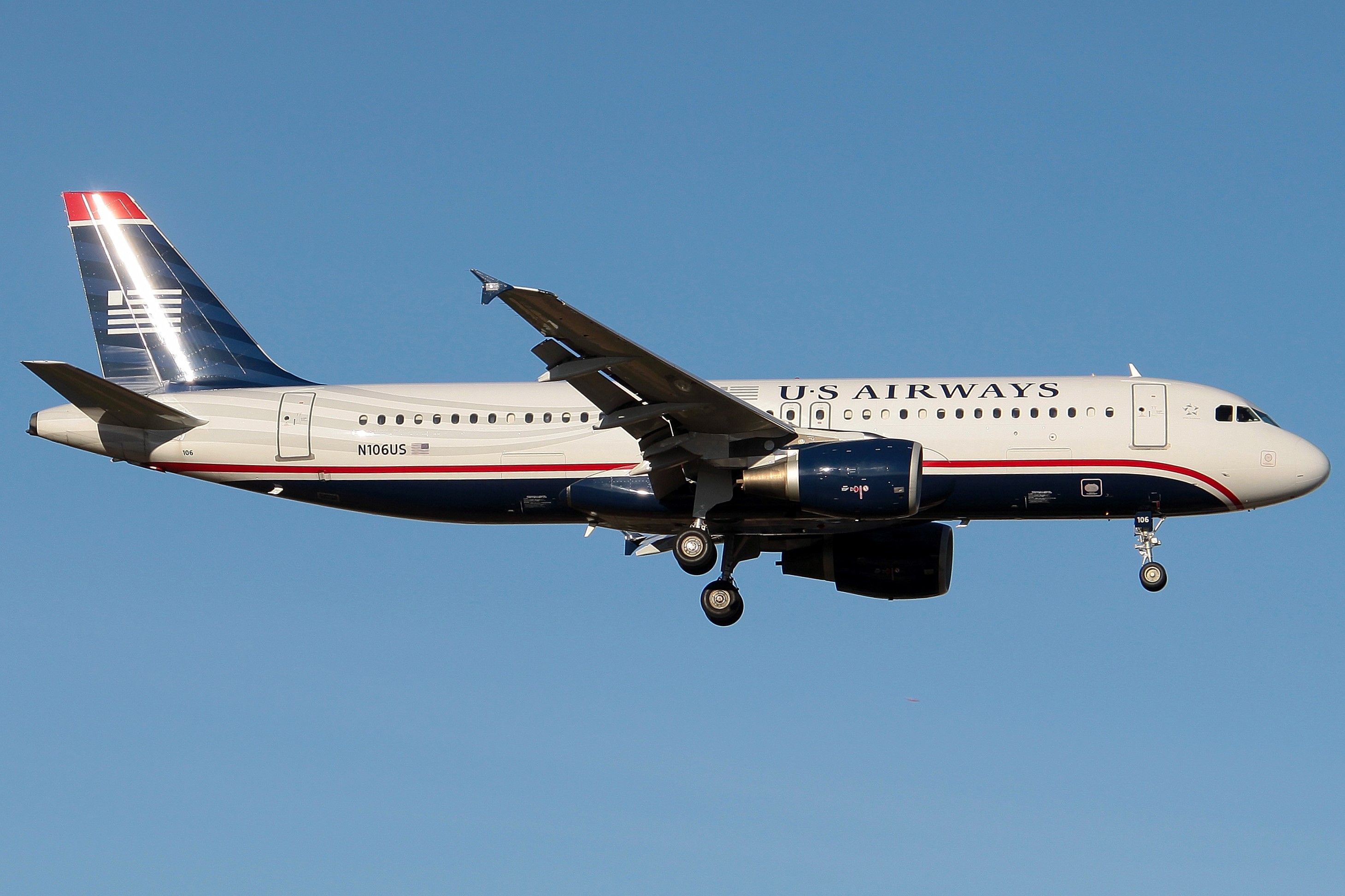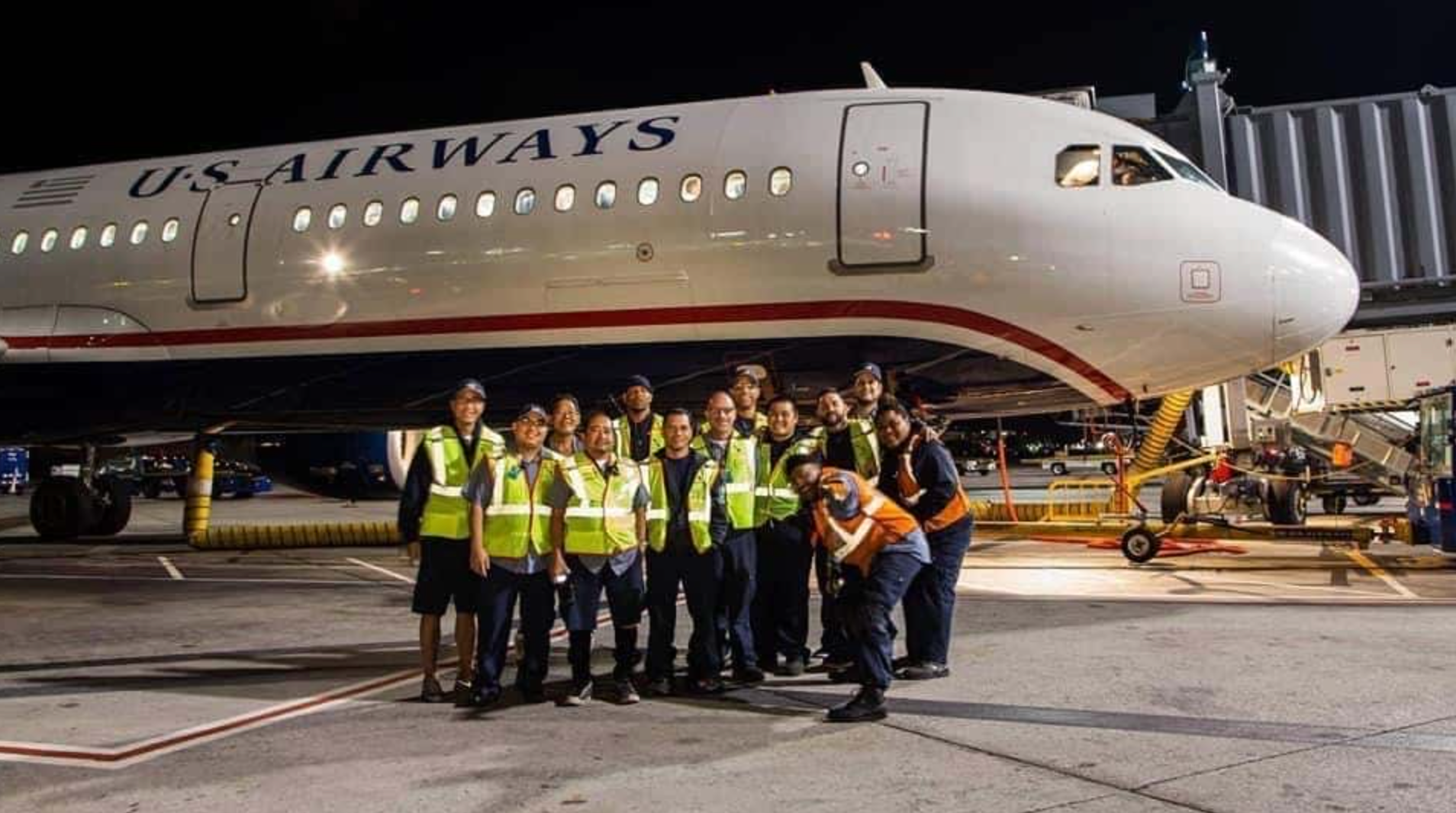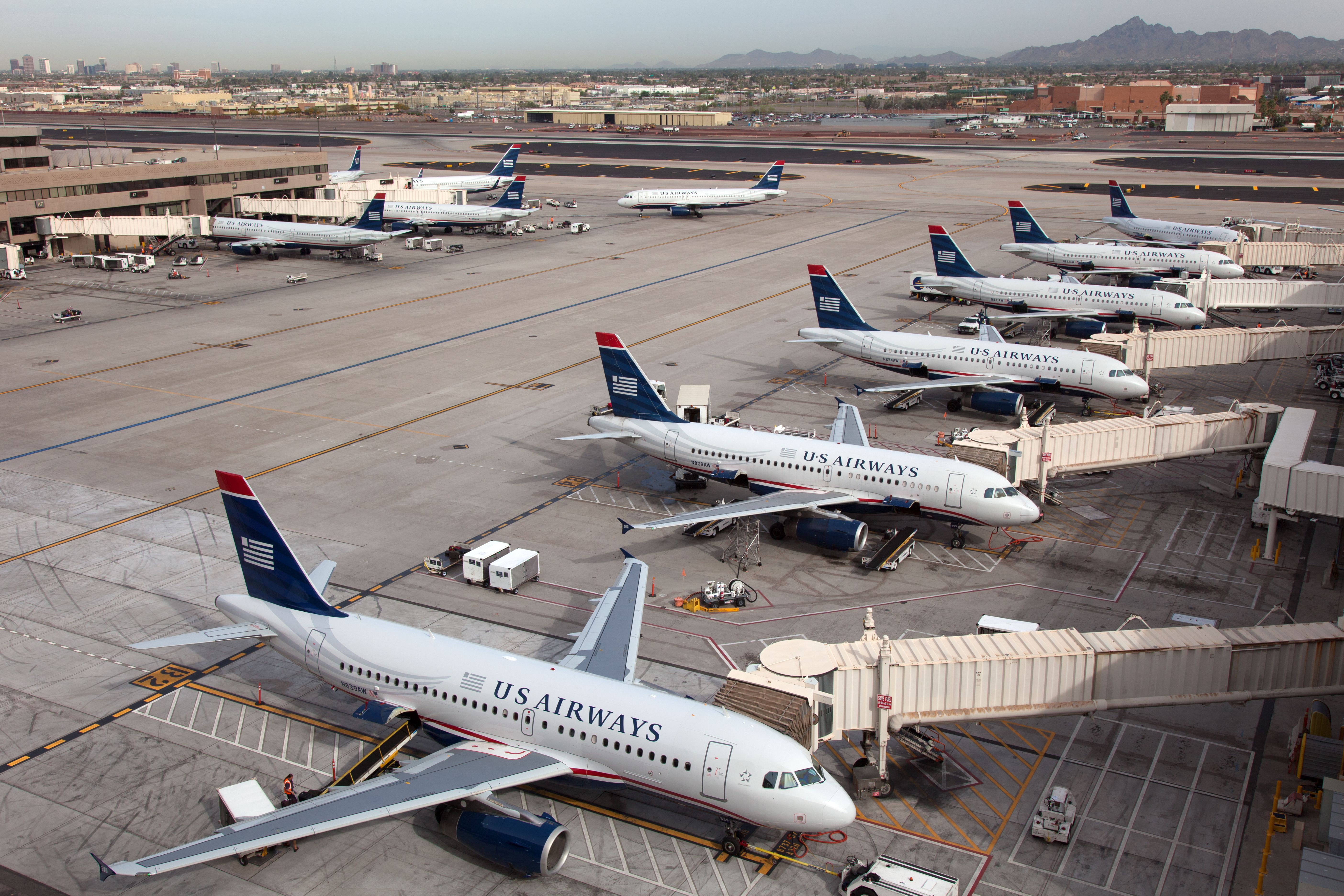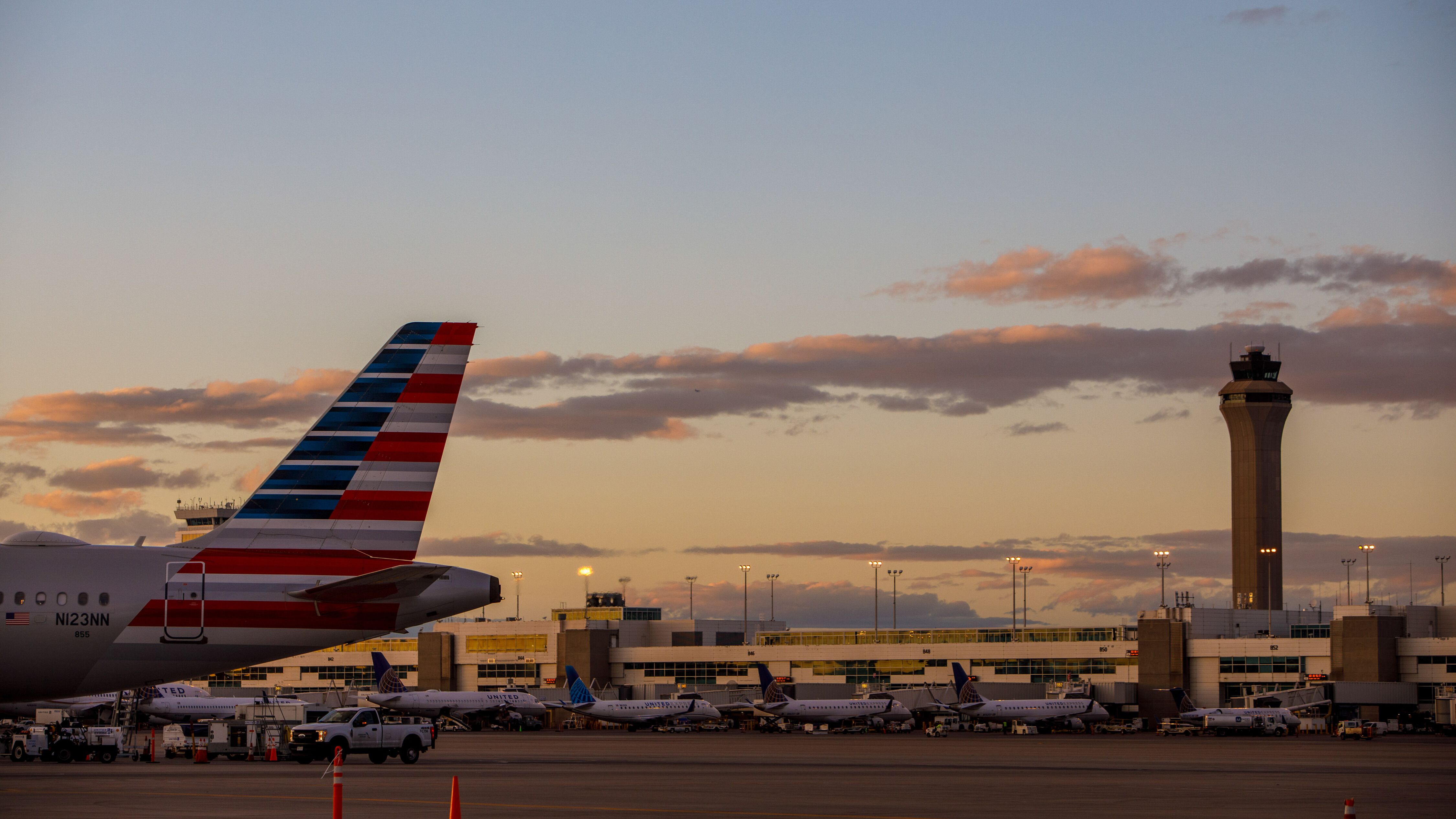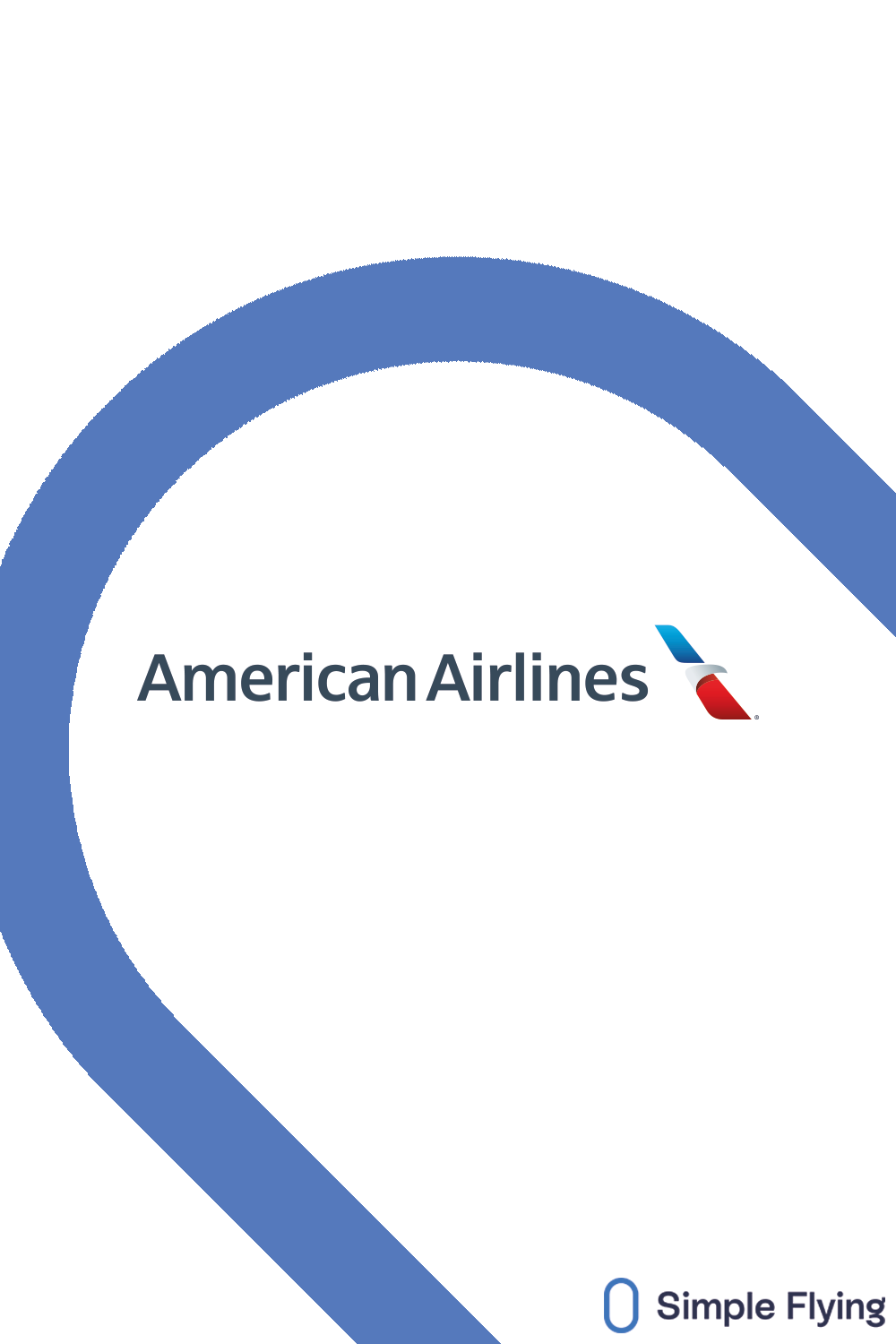Summary
- Ten years ago, American Airlines and US Airways announced merger intentions, creating the world’s largest airline.
- The merger included an agreement to maintain US Airways’ hubs and branding for five years.
- US Airways once held an extensive international and domestic network, serving up to 193 destinations in 24 countries.
Ten years ago, American Airlines and US Airways announced their merger intentions. This would then create the world’s largest airline. While the holding companies of both carriers merged in December of that year, the Federal Aviation Administration (FAA) only granted a single operating certificate in April 2015, and the US branding officially disappeared by October of that year.
While the American Airlines branding and name remain today, for US Airways, the merger included an agreement to maintain the existing US hubs and branding for a term of five years, as required by the Department of Justice. This meant operations continued from the likes of Charlotte, Las Vegas, Philadelphia, Phoenix, Pittsburg and Washington Raegan.
Photo: Austin Deppe | Shutterstock
Once an extensive network
US Airways dates back to 1939 when All American Aviation was founded in Pittsburgh. Like American Airlines, it grew in the early years through its mail services, serving the South and Midwest areas. It snowballed with several acquisitions but remained a Northeast-focused operator.
The early 2000s brought difficulties for the airline, which was now known as US Airways since 1997, as it did for American Airlines. US Airways faced bankruptcy in 2004 following financial problems after the 9/11 terrorist attacks and a failed acquisition by United. This led to its merger with America West Airlines in 2005, creating the fifth-largest US airline and retaining the stronger US Airways brand. US Airways had multiple airline subsidiaries during its heyday, including MetroJet, US Airways Express, and US Airways Shuttle.
US Airways once held an extensive international and domestic network, serving up to 193 destinations in 24 countries across the Middle East, Europe, and North and South America. Between 2004 and 2014, the carrier was a member of the world’s largest airline alliance, Star Alliance, before becoming an oneworld affiliate in 2014 to align with American Airlines.
Photo: Markus Mainka | Shutterstock
Merging the two airlines in 2013
Both American Airlines and US Airways struggled financially, and by 2013, neither airline was in a strong position; AA filed for bankruptcy in 2011, while US Airways was still recovering from multiple earlier bankruptcies and a reverse merger with America West Airlines. AA considered multiple airline merger plans as part of an overall restructuring, then signed a nondisclosure agreement with US Airways in 2012 to commence discussions for a merger.
The merger of US and AA was officially announced in February 2013, when the present holding company of American Airlines (AMR Corporation) was to take a 72% share of the newly created company. In contrast, US Airways shareholders were set to take 28%. The decision was made to stick with the American Airlines brand and logo, and American Airlines Group Inc. began trading on the US stock exchange on December 9th.
In August 2013, the US Department of Justice, alongside six states and the District of Colombia, decided to file a lawsuit looking to block the merger, stating that it would limit competition and overall result in higher airfares, which is where the stipulation was decided to retain the US branding (which we saw up to 2015).
During its tenure, US Airways had three head offices, which included Pittsburgh, Pennsylvania, between 1937 and 1960; Crystal City, Virginia, between 1960 and 2004; and finally, Tempe, Arizona, between 2005 and the airline’s merger, where it then relocated to American’s office in Fort Worth.
It was not until October 2015 that the FAA awarded a single operating certificate to the new airline. On October 16th, the final US Airways flight, Flight US1939, made its way around legacy US Airways hubs. The flight started in Philadelphia before heading to Charlotte, Phoenix, and San Francisco. The Airbus A321 then headed to Philadelphia, arriving just before 06:00 on October 17th. The entire US Airways mainline fleet livery makeover was completed in November 2016.
While all of this was in the mix, American Airlines sent out a Special Jetwire to staff, with plans to build a corporate campus near the Dallas Fort Worth Airport. Eight years later, it has 600 rooms and a large conference center for staff visiting its global headquarters.
US Airways hubs and slogans
During its peak, US Airways operated up to 3,031 daily flights from its major hubs in Phoenix, Charlotte, and Philadelphia, with a large concentration in the East, South, and across the Caribbean. The most famous corner was Charlotte, with over 600 daily flights, followed by Philadelphia at around 400, and Phoenix and Washington Raegan, which all hit more than 220.
The airline in its history carried multiple slogans which some may still remember today; for some nostalgia, check out below:
1980’s
- “USAir is Your Choice”
- “Now our smile is even wider.”
1990’s
- “USAir Begins With You”
- “Fly the Flag With USAir”
Photo: Markus Mainka | Shutterstock
2000’s onwards
- “Where I Fly the Flag”
- “The Carrier of Choice” (after 9/11)
- “Together We Fly”
- “Clear Skies Ahead” US Airways
- “Fly with US”
- “The new American is arriving.”
Objecting to the merger
While there were plenty of pros and cons to the merger, the two global airlines faced lawsuits looking to block the partnership, settling in 2013. This saw the retaining of the US Airways brand for several years and releasing slots at the famous Washington Raegan Airport (DCA) and New York LaGuardia (LGA).
Other attempts to block the merger came from passengers and travel agents, who filed an antitrust lawsuit in 2013. They argued once again over the fear of increased ticket prices. The claim was rejected but went to appeal at the Supreme Court.
Photo: Denver International Airport
A leading global carrier
While senior management and trade unions drove the merger, many backed it as it meant fewer job losses versus solo strategies. Fast forward to today, and American Airlines is the second-largest airline by revenue (52.26 billion), largest by passengers carried (199.3 million), highest by passenger kilometers flown (347,221km / 215,753 miles), and most significant in fleet size with 946 aircraft.

